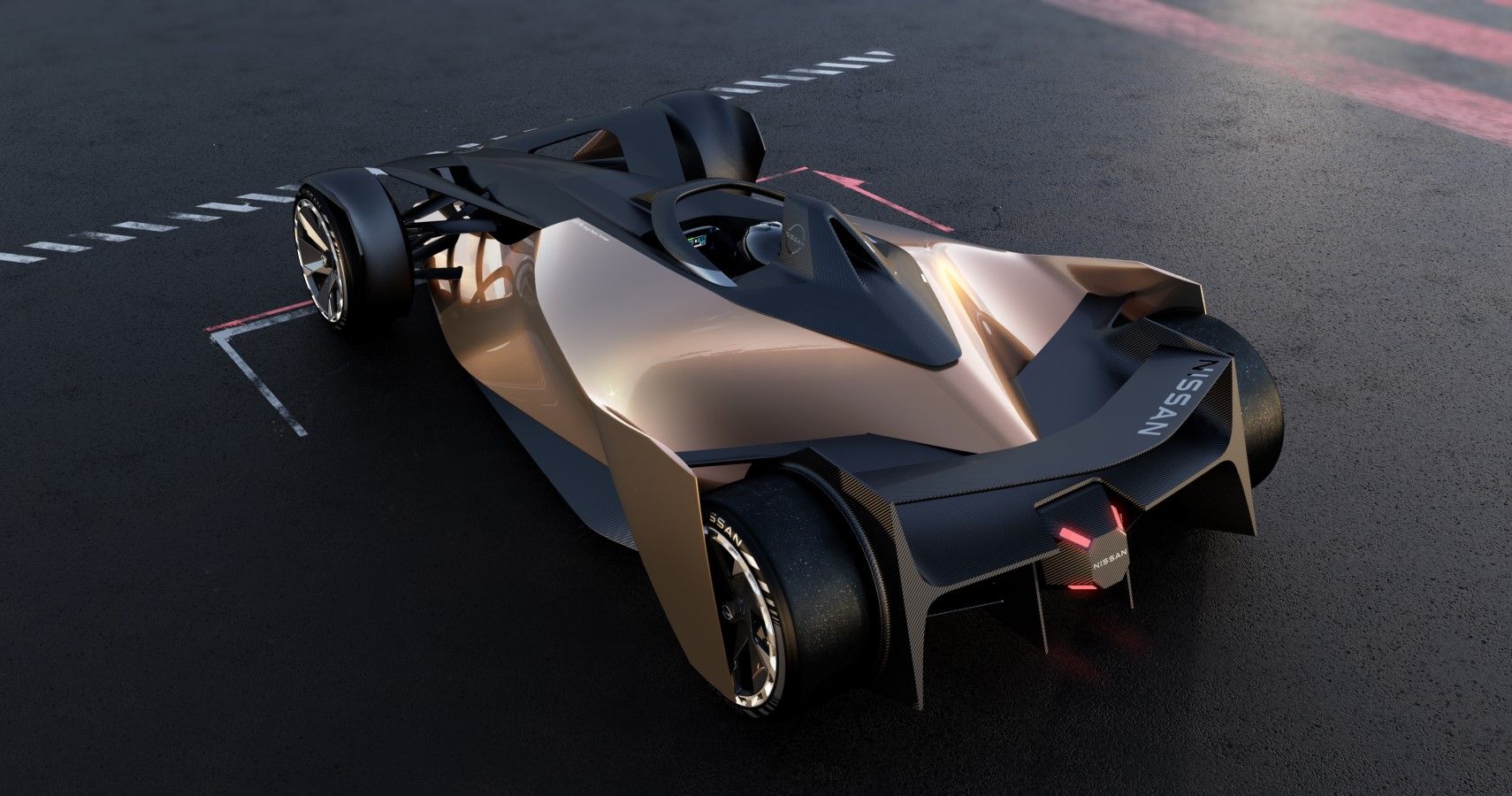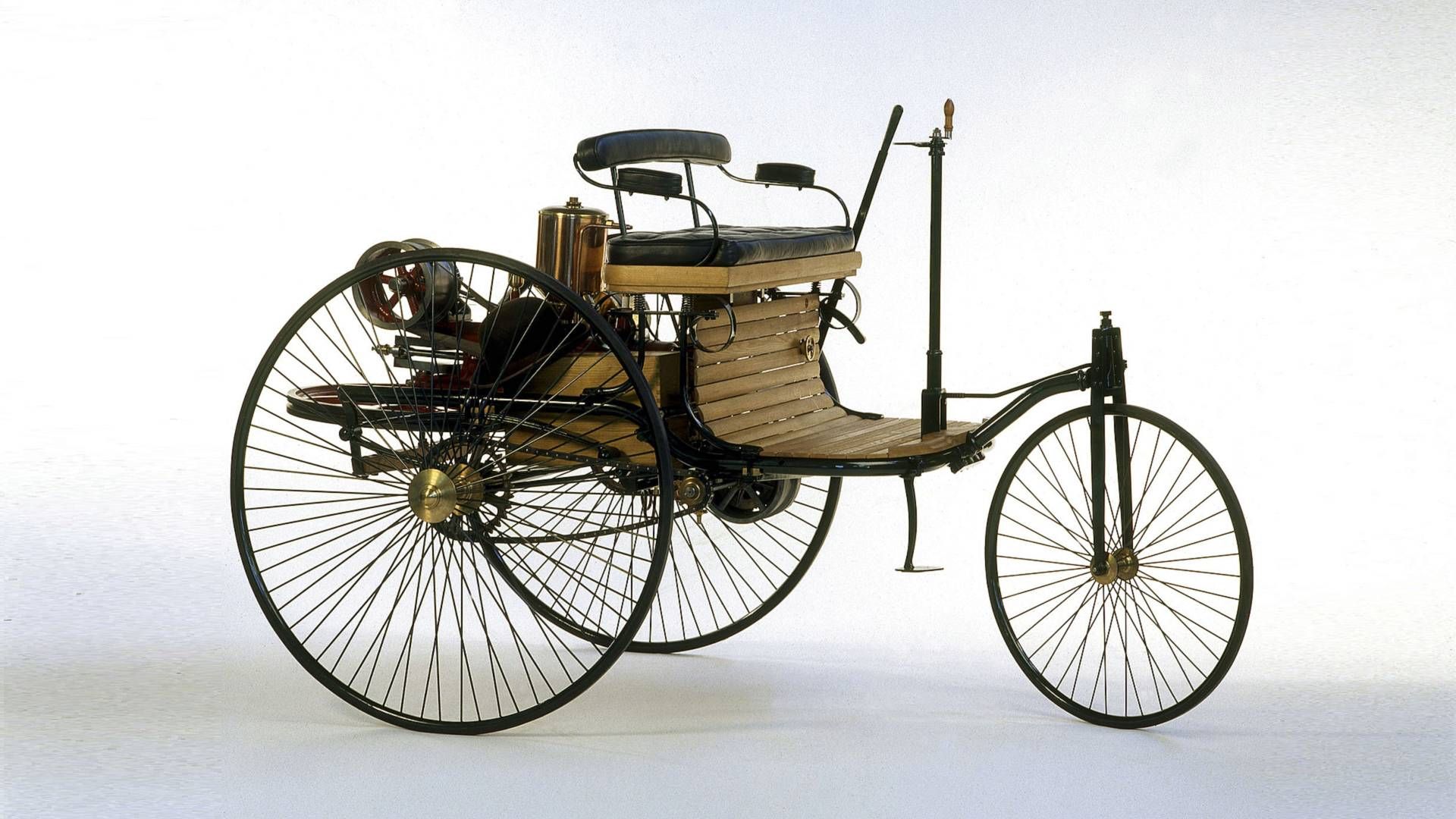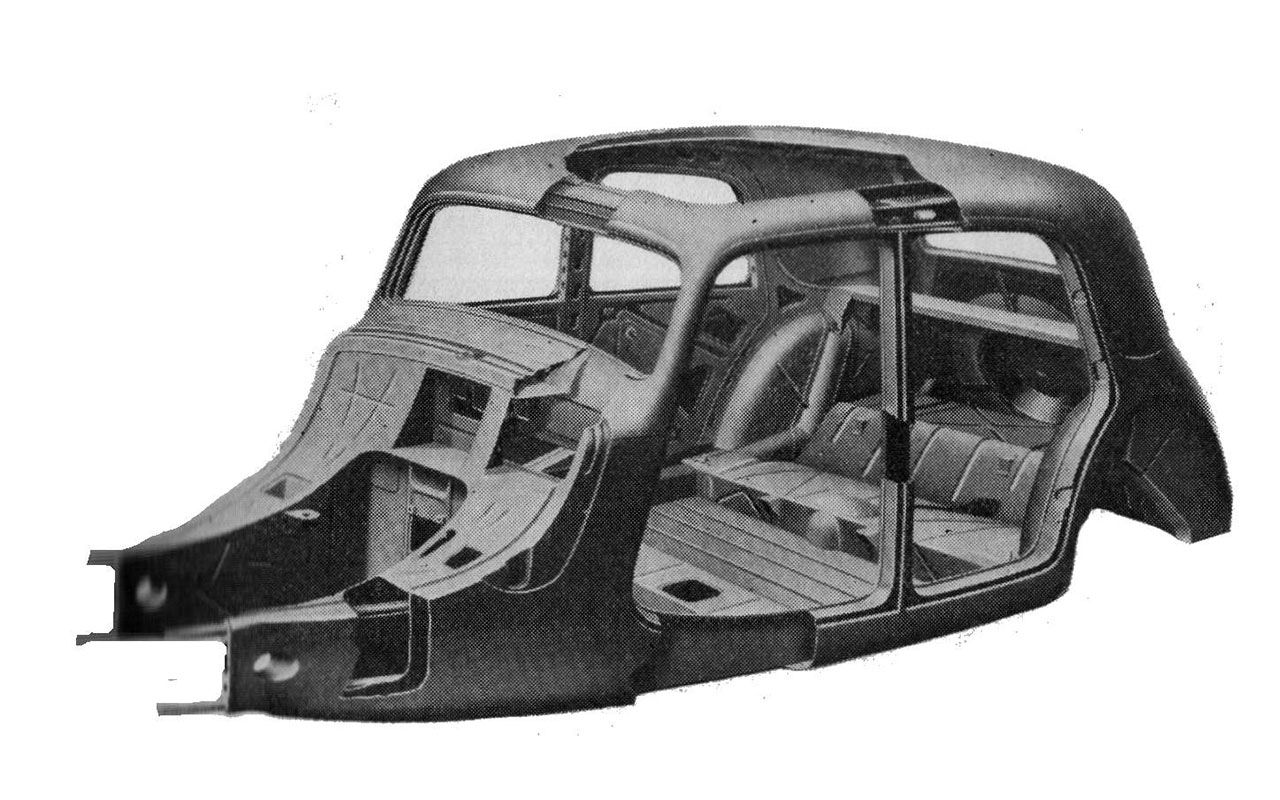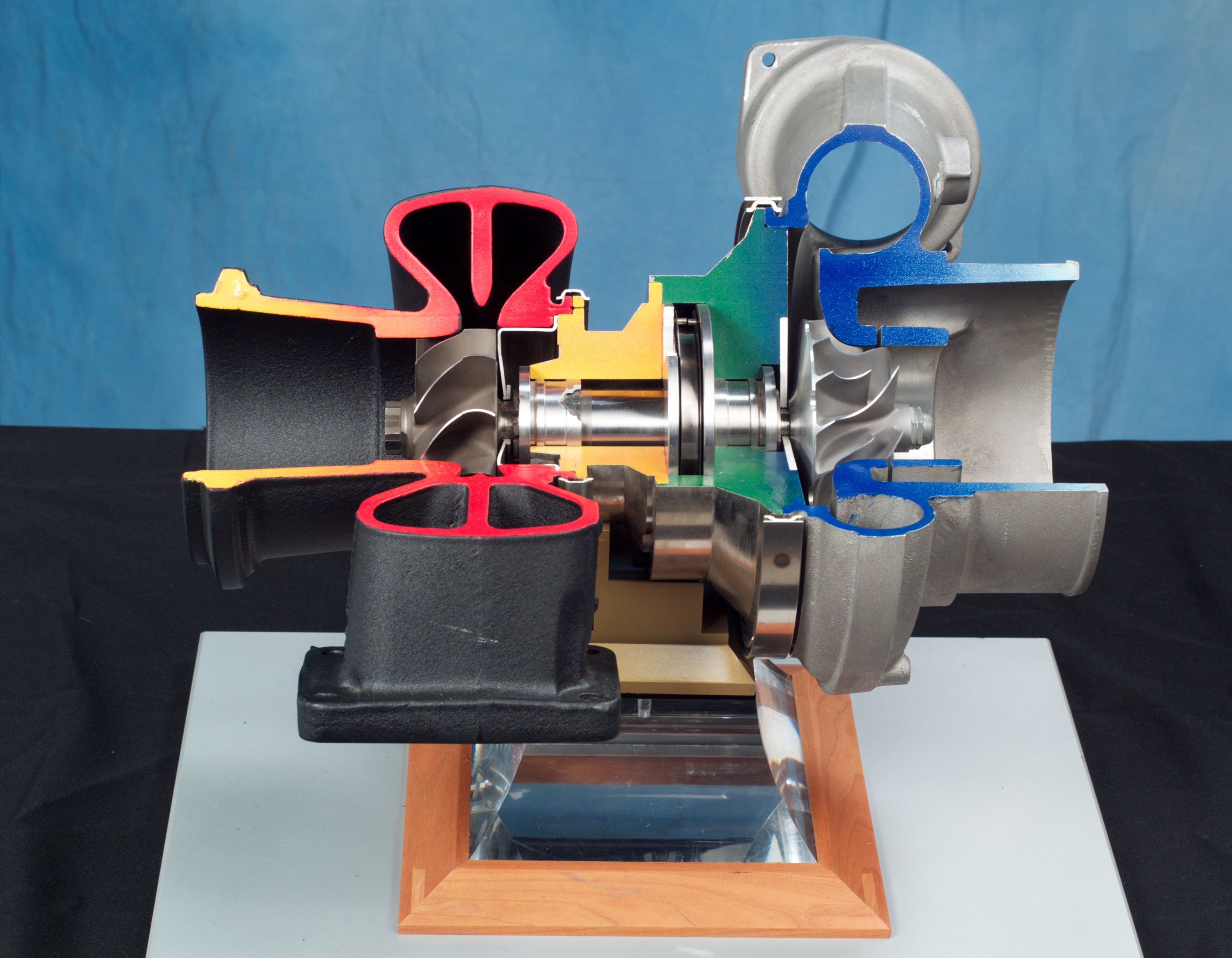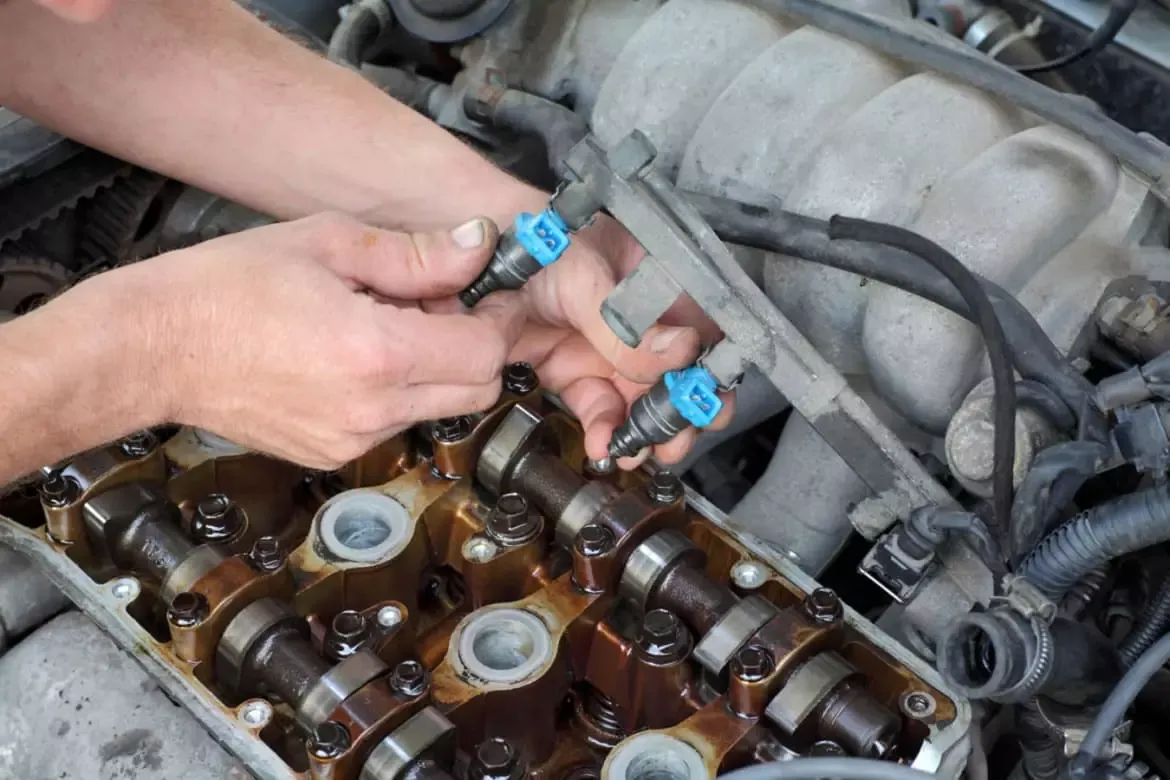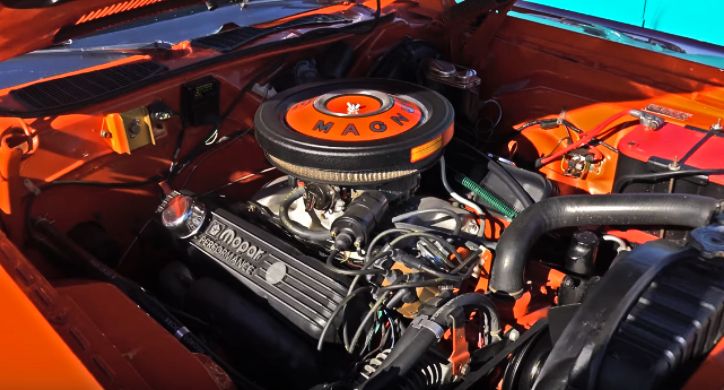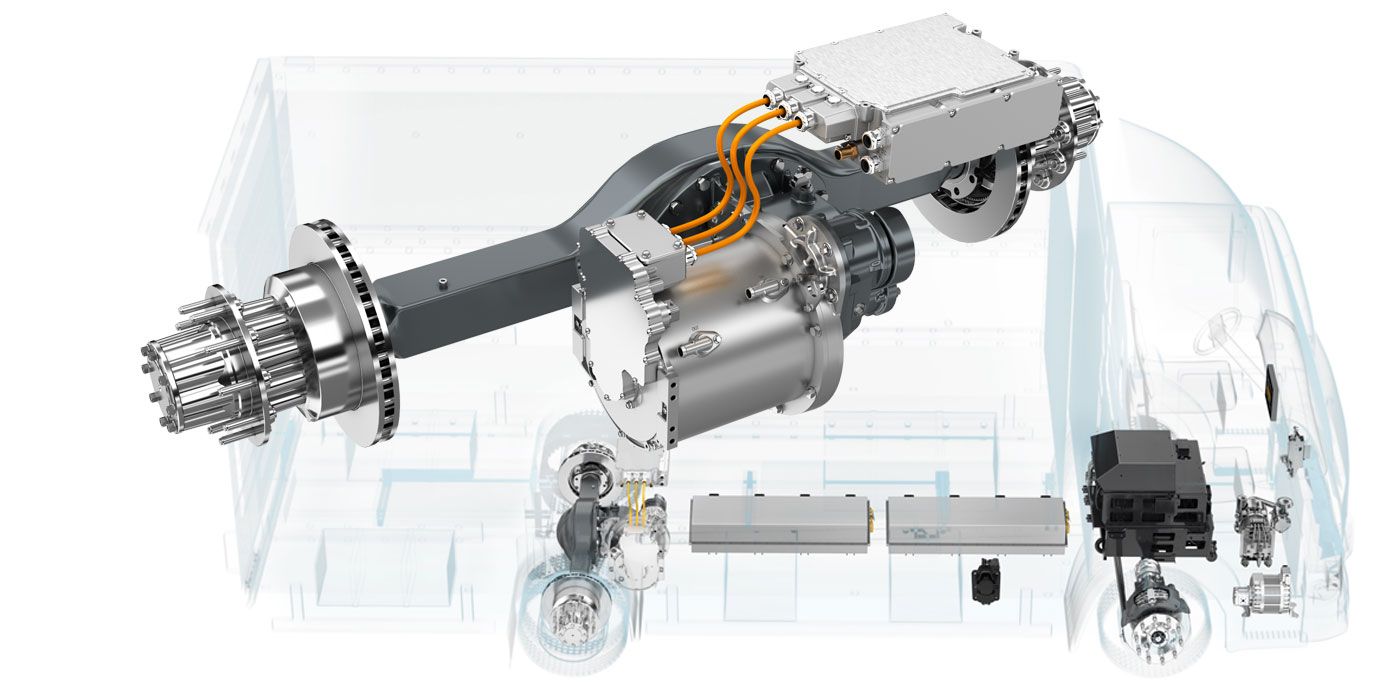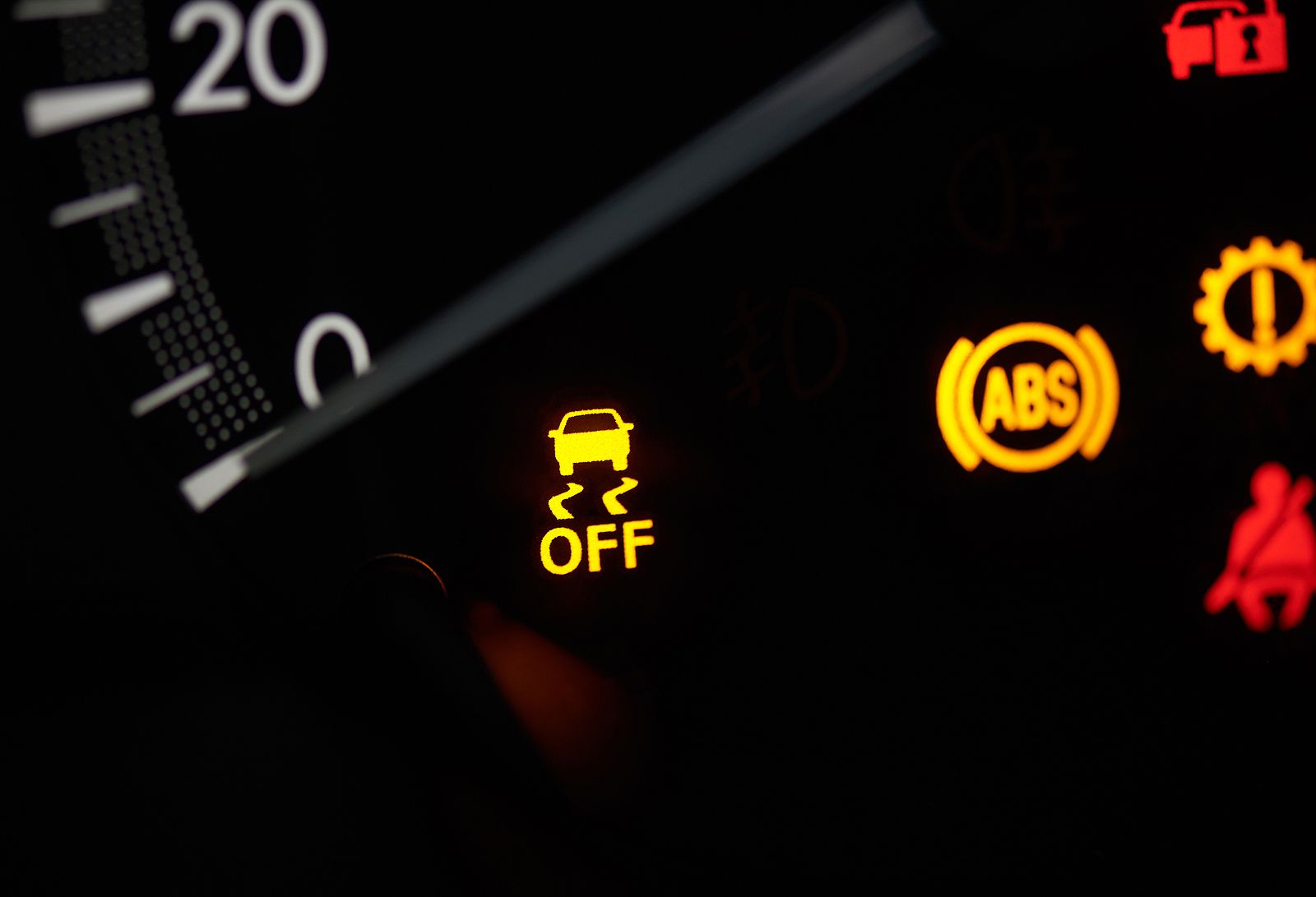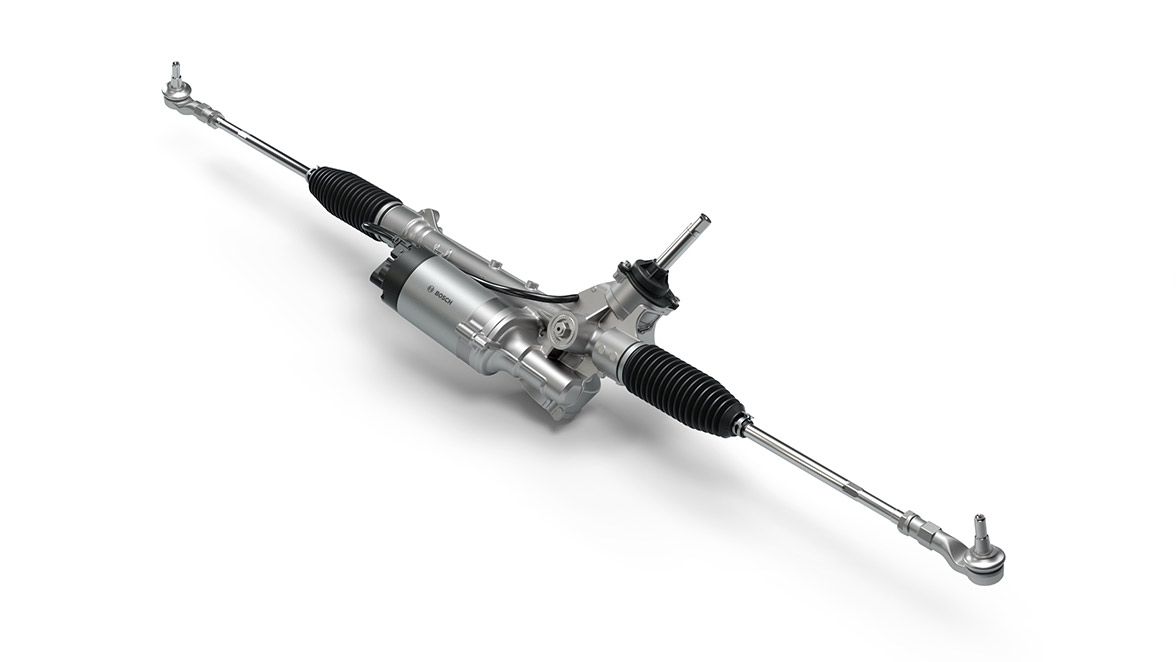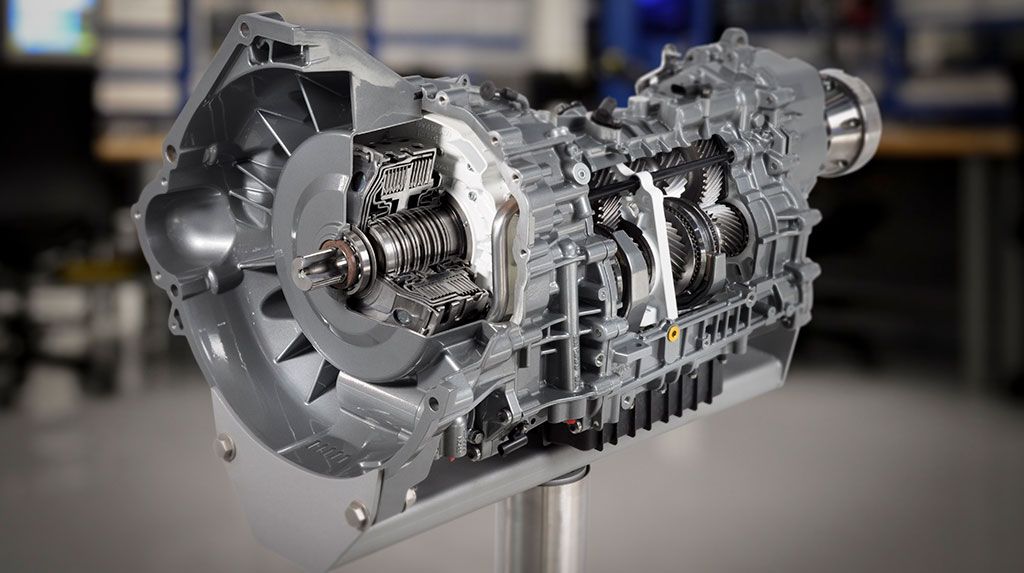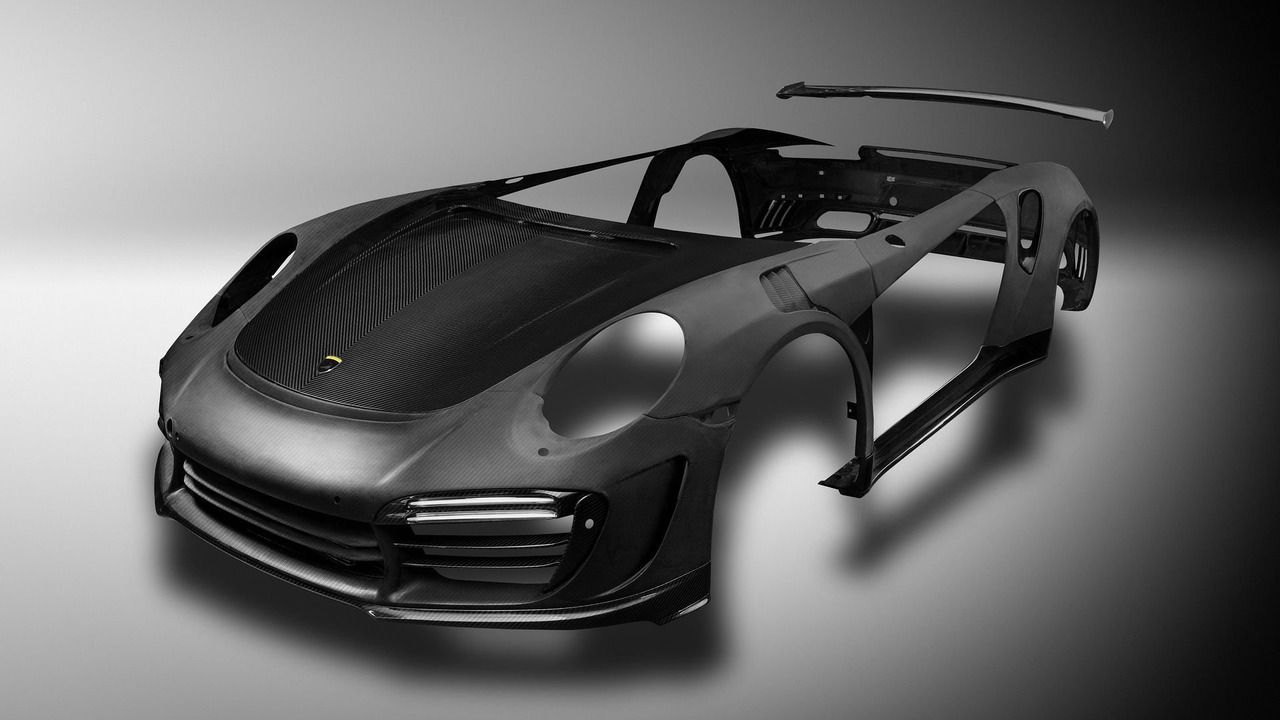The automotive industry is an ever-evolving behemoth of power and performance. As with most sectors of technology, automation has exponentially grown within the last century, and with every invention inspiring the next, new improvements seem to appear daily.
Looking at the supercars of today such as the Lotus Emira or the Ferrari GTB, it is virtually impossible to believe that they hail from the rickety steam-powered carts of the late 19th century. Though this difference is jarring at first, the resemblance between these distant cousins shines through when one learns of the inventions that have led those rickety carts down the path towards supercar-dom.
Perhaps the most interesting aspect of innovation within the industry is that most of these improvements were imagined by the inventors who originally conceptualized cars. However, due to limitations in technology at the time, many weren't realized until years or even decades later. Often, looking back is the most crucial step in beginning to change the future. With this being said, here are 10 such inventions completely changed the way manufacturers build cars, may they inspire generations of car enthusiasts to innovate.
10 Internal Combustion Engine
Originally conceptualized by Nicolaus Otto in 1876 and later optimized by Gottleib Daimer in 1885, the Internal Combustion engine gave birth to the concept of the modern car. It bested its predecessor, the steam engine, in both efficiency and power. For the first time, automobiles had some real spunk to work with, causing them to slowly grow in popularity. In 1891, Karl Benz, yes that Benz, integrated the engine into the Benz patent-Motorwagen, the first car to combine an internal combustion engine with a chassis.
9 Unibody Chassis
Though often misidentified as a "monocoque", a Unibody or Unit-Body Chassis works by distributing the support of the car between the outer skin and the ribs of the machine, making it a "Semi-Monocoque". This distribution of the work alleviates the pressure otherwise put on the frame and allows for optimized performance. First conceptualized in 1922, the Unibody chassis wasn't utilized until 1934 when a French company by the name of Citroën built the first model utilizing the design. Nowadays almost every car utilizes some sort of Unibody chassis, save for certain trucks and industrial vehicles which still use the traditional "body-on-frame" design.
8 Turbochargers
Though first introduced in the mid-60s, turbochargers weren't widely accepted into the automotive sphere until the 1970s. The invention enabled cars to achieve higher speed and torque while utilizing less fuel. It got its true big brake on the Formula 1 track; where car enthusiasts tune in to learn about the newest and best innovations in automation. This collaboration caused turbocharging to become a more common term, pushing it safely into the commercial market. With this growth in popularity and the unending advances in performance and optimization by engineers, Turbochargers soon became interchangeable with calling your car "fast".
7 Fuel Injection
Originally designed in the late 1800s, fuel injectors weren't properly utilized in automation until the mid-1980s. This need arose from the countless complications with carburetors. Being the main mechanism in charge of regulating fuel use, carburetors were unnecessarily complicated and utilized an excessive amount of energy within the vehicle's distribution. Now that the "middle man" has been cut out, fuel injection systems would directly supply the right amount of gasoline when needed by shooting it into the engine in short and controlled bursts. Thanks to the revolutionary invention of the modern fuel injection system, carburetors, and their energy greedy natures were made obsolete.
6 Hemispherical Combustion Engine
Nicknamed "Hemi", these super-powered engines were behind the incredible speed of the first muscle cars. Powering iconic vehicles like the Plymouth Barracuda and the Dodge Daytona, hemispherical engines have left a lasting impression on the evolution of cars. By making the cylinder top hemispherical increasing the surface area, engineers increased the heat absorption and made the engine work better on less fuel. Os one might have guessed, better fuel efficiency accounts for a majority of the impetus for innovation within the automotive industry. Unfortunately, due to compression rate and air flow issues, Hemispherical engines were soon replaced by Pent-roof engines, which come stock on most models today.
5 Regenerative Braking
First utilized in the cuter-than-cute 1967 AMC Amitron, regenerative breaking is one of the most impressive feats of optimization. The genius of regenerative breaking is that it can power and charge the vehicles' battery by turning the kinetic energy of breaking into electricity, saving the electricity for a later time. In fact, it's one of the greatest contributors to making cars much more self-sustaining.
4 Electronic Stability Control
On a stormy day in 1989, Mercedes-Benz engineer Frank Werner-Mohn was test-driving a new model in the snow when the vehicle suddenly lost control and ended up in a ditch. Then and there, he vowed to himself that he would fix the issue that caused the vehicle to skid out of control. After two years of research, the engineer and his team developed a system that would stabilize skidding vehicles by automatically alternating the breaks on individual wheels. Mercedes immediately implemented the Electronic Stability Control system into their 1995 S-Class limousine. Soon the system was integrated into all Mercedes models and even supplied other car-makers, making automation much safer in the long run.
3 Power Steering
Back in the day, only the strongest of the strong could drive cars. Before manufacturers began equipping their models with power steering, all the grunt work of turning the wheels fell upon the driver. Though this invention by Francis Davis made a few appearances during the mid to late 30s, power steering didn't catch on until WW2. Soldiers had to drive extremely heavy vehicles through completely unknown terrain; hence, companies turned to power steering to mitigate the effort needed to control said vehicles. After the war, manufacturers realized that power steering could benefit drivers in even the most mundane circumstances due to its simplified control mechanic.
2 Dual Clutch Transmission
Have you ever looked at your single-clutch transmission and thought “wouldn’t it be great if my car had two of these?” Well, that’s exactly what French engineer Adolphe Kégresse thought back in 1939. Kégresse developed the original concept of a transmission that would work in two parts, one clutch controlling the odd and the other the even gears. This way the car could maintain traction and torque while switching from one gear to the other, both upwards and downwards. Though the DCT made sparse appearances during the 20th century among racing circles, it was the unassuming 2003 Volkswagen Golf R32 that brought the concept of Dual Clutch Transmissions into the mainstream. Nowadays, many cars come equipped with a version of a DCT, from regular sedans to supercars such as the Bugatti Veyron, Mustang Shelby, and Porche 911.
1 Carbon-Fiber Body
Pioneered by the BMW I3 in the early 2010s, carbon fiber bodies are one of the latest innovations in the automotive industry. With the introduction of carbon bodies, cars became lighter and, consequently, more fuel-efficient. Much like aluminum frames, which debuted in the early '80s, carbon fiber frames allowed similarly powered engines to outperform their heavier-bodied cousins. Due to optimization in the production of carbon fiber, the material has become much cheaper and easier to manufacture. This is precisely why most current models now sport a classy and durable carbon body.

